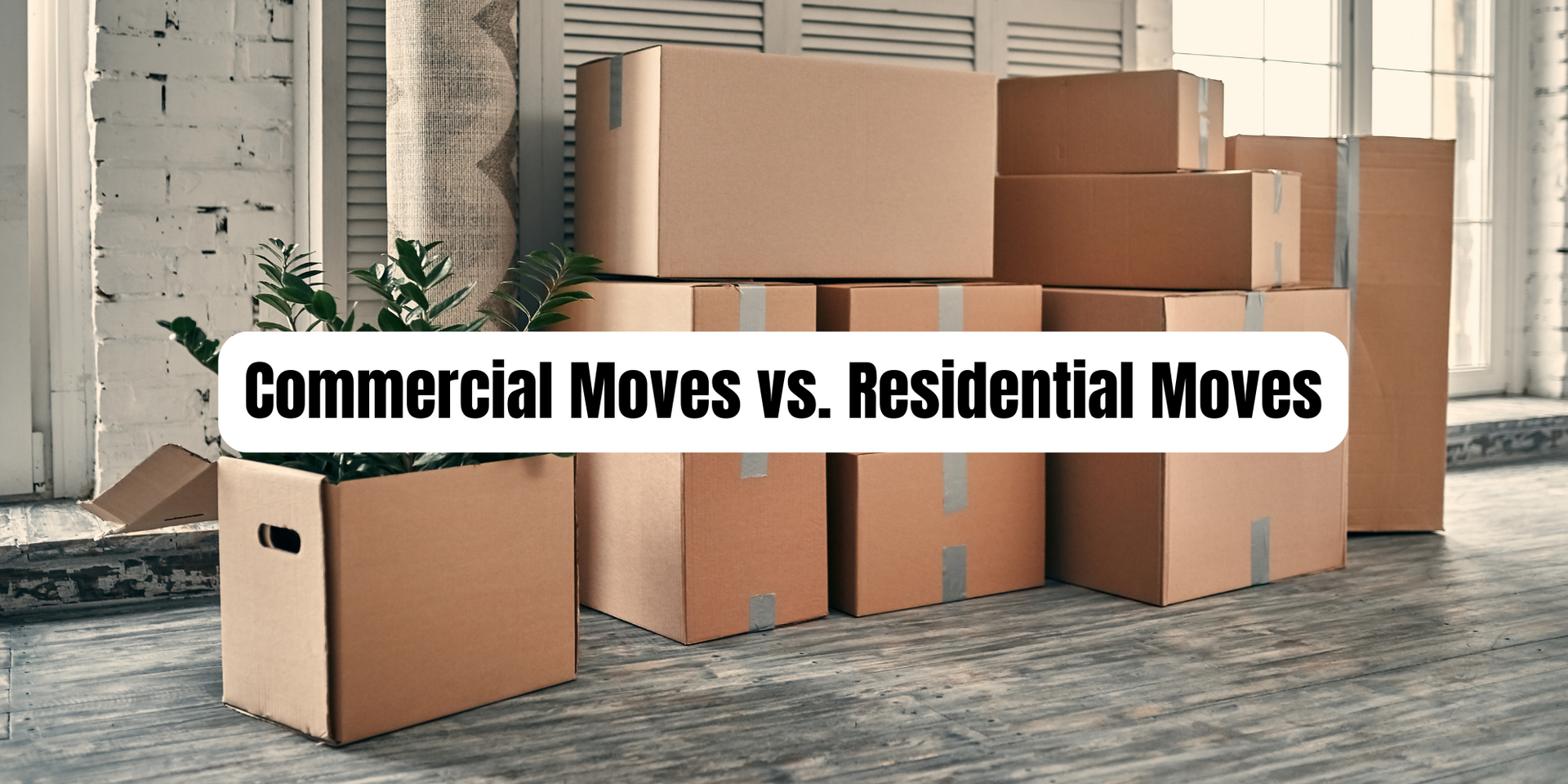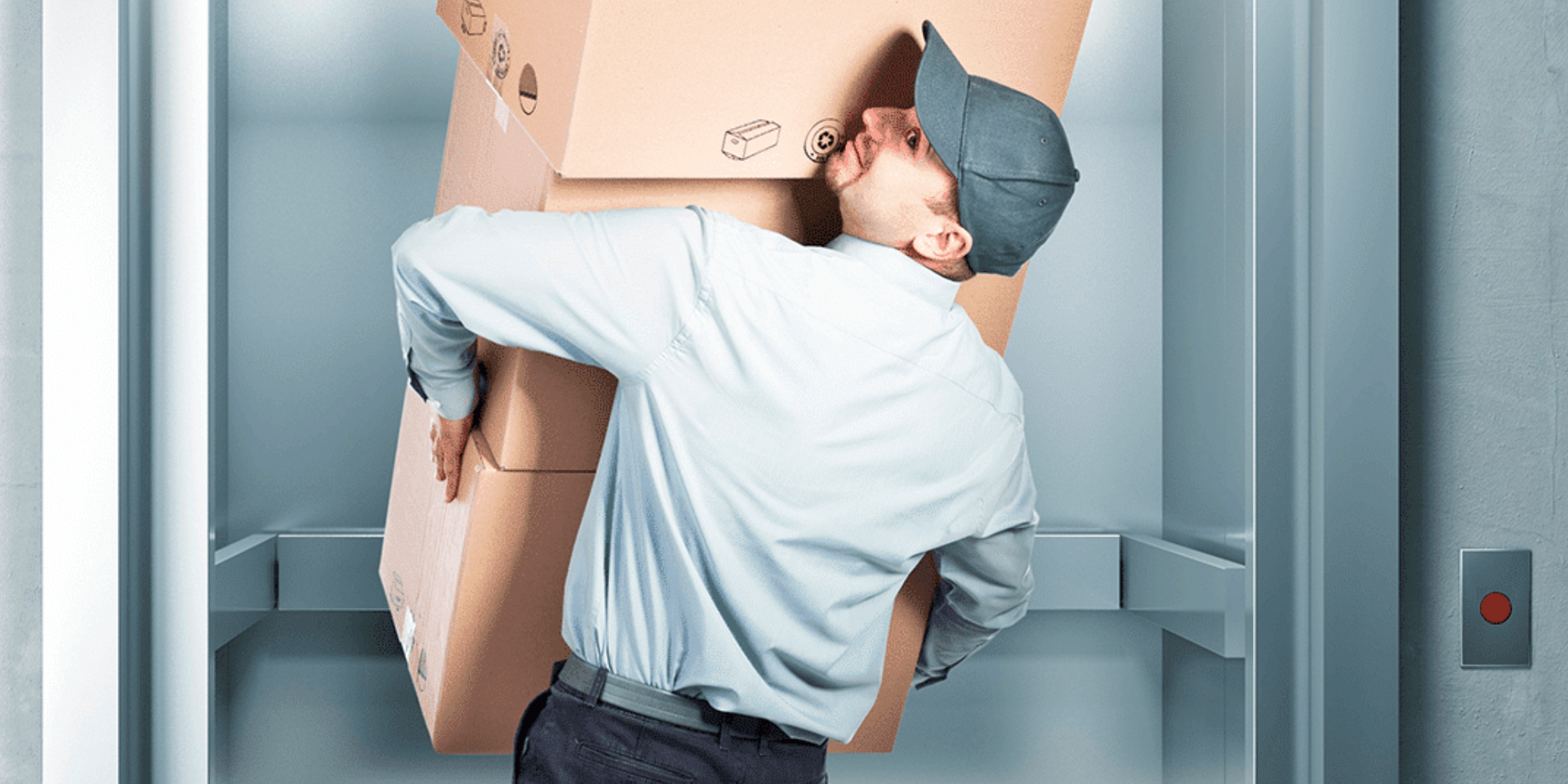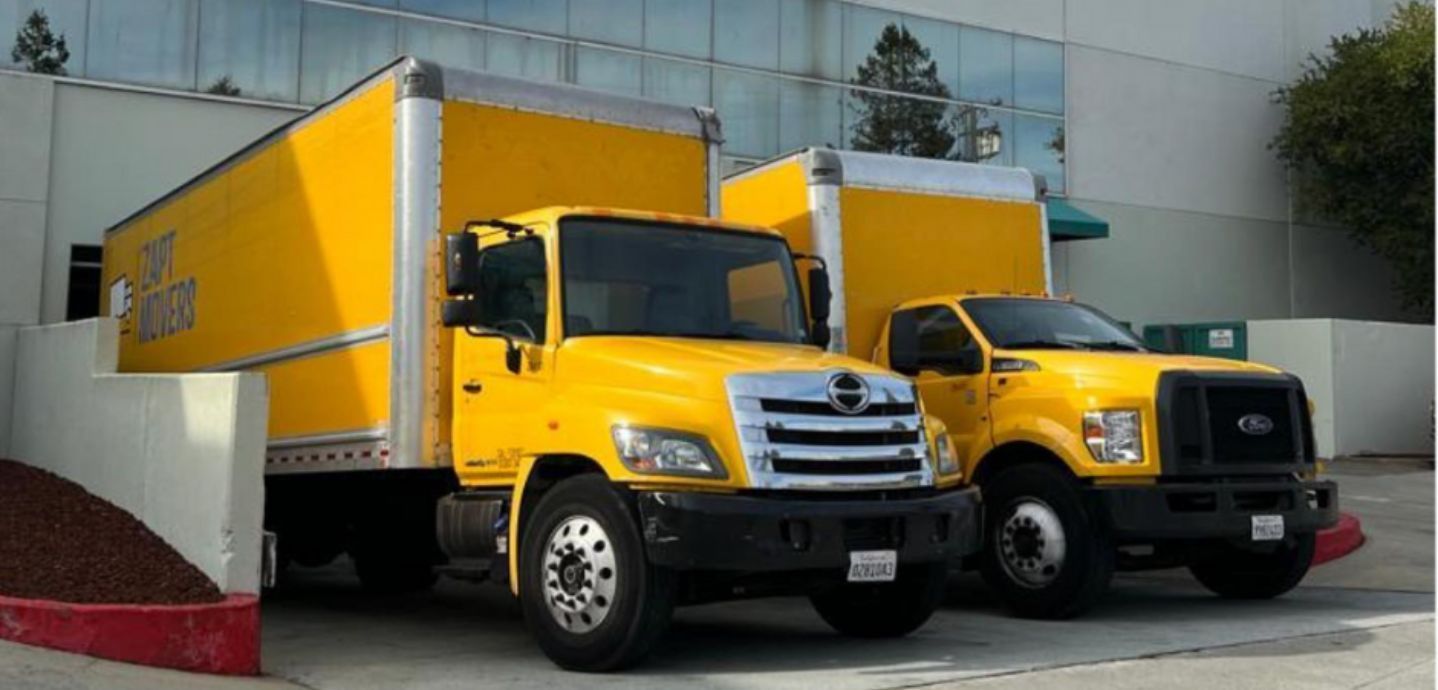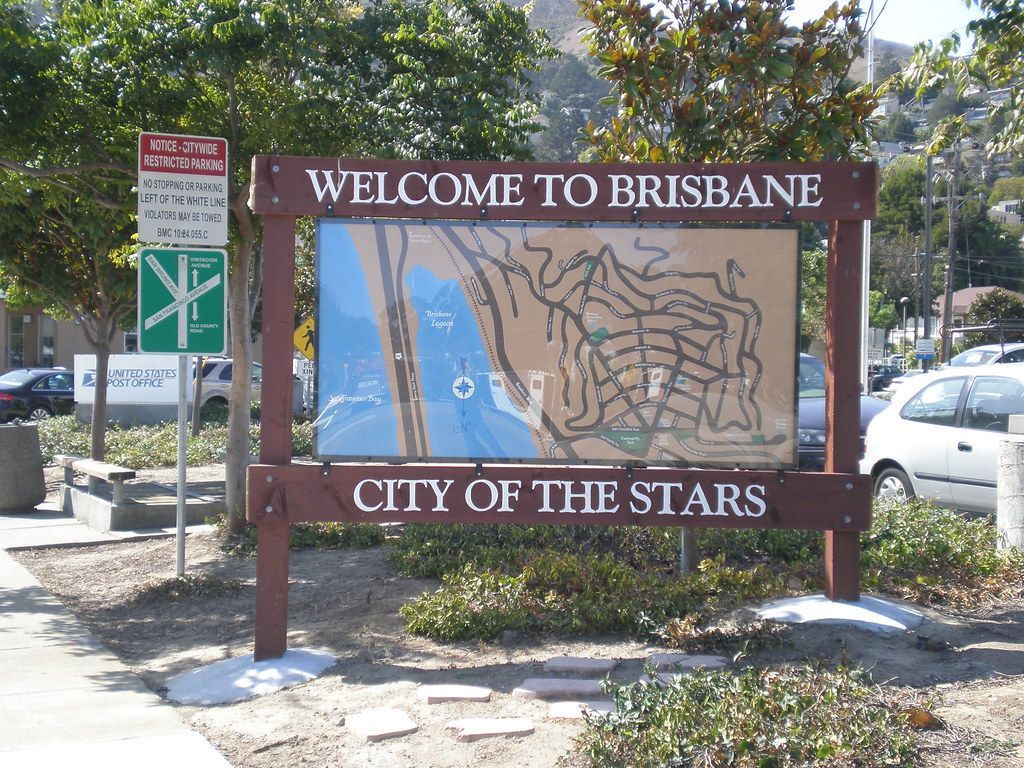Commercial Moves vs. Residential Moves
What’s the Difference?

Moving is always a big task, but relocating a business is a whole different challenge compared to a residential move. While both involve packing, transporting, and unpacking, the needs, scale, and logistics of a commercial move are more complex and time-sensitive.
If you're planning to move your office or company, here’s what makes a commercial move different from a residential move, and what you should keep in mind to ensure everything goes smoothly.
1. Business Downtime Must Be Minimized
One of the biggest concerns during a commercial move is avoiding business interruptions. Every hour spent moving is time your team isn’t working, and that can affect revenue. That’s why planning, coordination, and speed are essential.
Tip: Choose a moving company that offers after-hours or weekend moves to reduce downtime.
2. Specialized Equipment and Furniture
Unlike a home move, a business move often includes items like:
- Workstations and cubicles
- Filing cabinets and office safes
- Computers, servers, and other IT equipment
- Heavy machinery (depending on your industry)
These require careful handling and possibly even disassembly and reassembly by professionals.
3. IT and Data Safety Is Crucial
In a residential move, you're mostly dealing with personal belongings. But in a commercial move, you have to think about network cables, servers, backup systems, and sensitive data.
Tip: Work with your IT department or a trusted provider to plan the disconnection and reinstallation of tech equipment securely.
4. Coordination with Multiple Stakeholders
Residential moves usually involve just one family. Commercial moves, on the other hand, may require coordination between departments, building management, clients, and service providers. Communication is key to ensuring a smooth transition.
5. Legal and Lease Considerations
Many commercial buildings have specific rules about moving, including permitted hours, elevator usage, and insurance requirements. These conditions must be reviewed and followed to avoid penalties or delays.
6. Inventory and Labeling Systems Are Essential
Because businesses often have a large quantity of equipment, supplies, and files, proper labeling and inventory tracking are critical. This helps ensure everything ends up in the right place in your new location, and nothing gets lost.
A commercial move is more than just relocating furniture. It’s about relocating an entire operation with minimal disruption. With the right planning and a reliable moving company, your business can transition to its new space efficiently and successfully.












